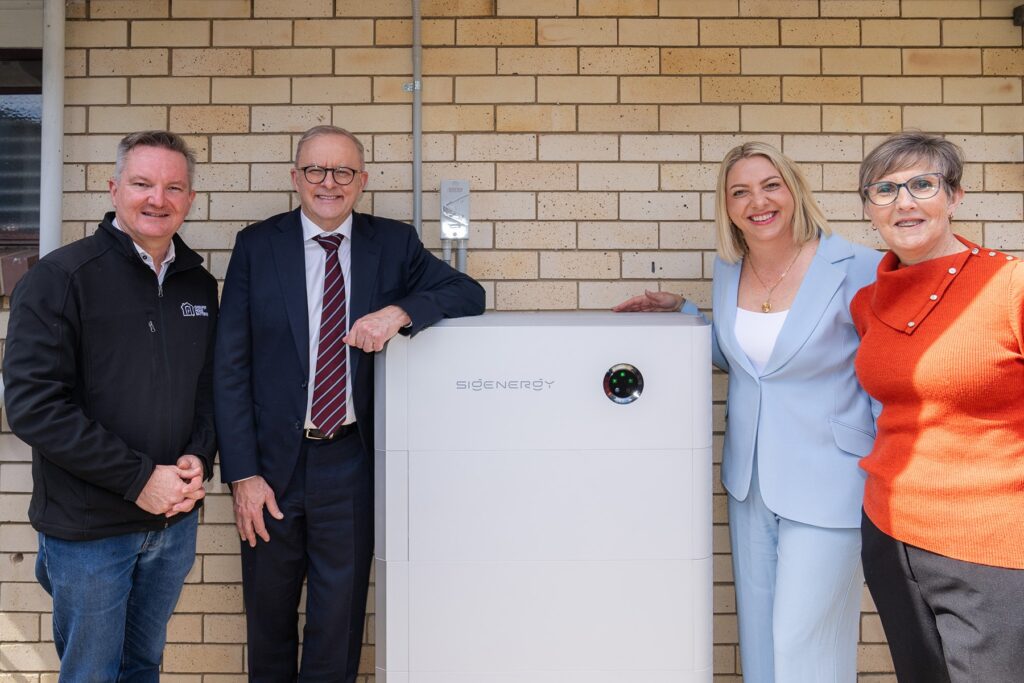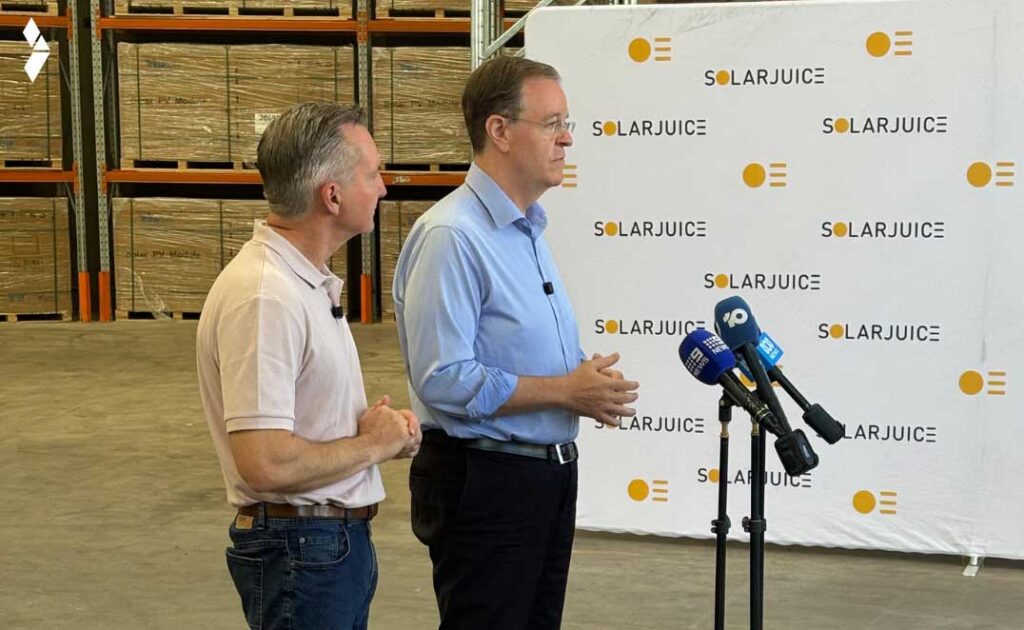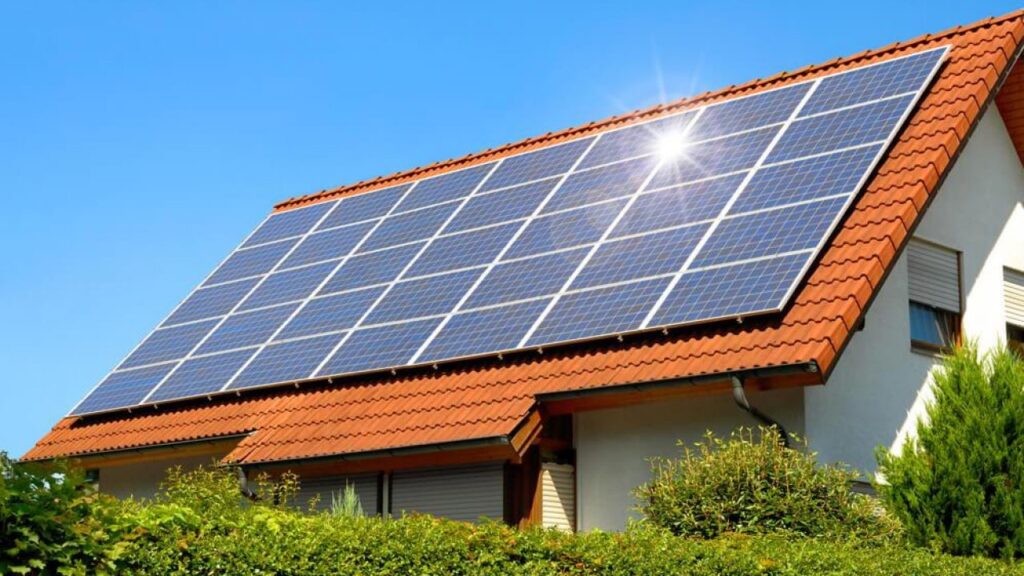Solar PV loving Australian households are demonstrating the power of electrification, with a new report showing that a rapid uptake in the addition of home batteries to rooftop solar systems is slashing emissions and driving us towards renewable energy targets.
The Smart Energy Council and Australian Conservation Foundation commissioned report by Green Energy Markets shows that the introduction of the Cheaper Home Batteries Program is leading to a level of installations that far exceeds estimates being used by the Australian Energy Market Operator (AEMO), on the contribution of home solar and batteries to electricity generation.
The report finds:
- By 2030, the increased level of solar and batteries will lift renewable energy’s share of power supply by 4.5% above that estimated in AEMO’s current projections.
- By 2035, solar and batteries will lift renewable energy’s share of power supply by 9% above AEMO’s current projections.
- This renewed surge in household electrification with solar and batteries will deliver a 3.4% whole of economy cut to emissions by 2035, on the 2005 benchmark level of emissions used to set Australia’s carbon target, including a 10% cut on electricity emissions (around 21 million tonnes of CO2-e).
Smart Energy Council Chief Executive John Grimes says the results demonstrate yet again that the 10 million solar residents around Australia are doing so much of the heavy lifting in the switch to renewable energy.
“Over 1,000 household batteries, adding 20WMh in battery capacity, are being installed every weekday. That is like adding a Hornsdale big battery to the grid every 2 weeks.”
“One in three Australian homes have solar on their roofs, and thanks to the Cheaper Home Batteries Program batteries are now also adding to that massive combined emission reduction effort.”
“Millions of people are storing solar power in a battery, meaning they’re performing the same role as coal fired generators, at a fraction of the economic and environmental cost.”
“The result is that forecastable renewable energy is not only mainstream, it’s baseload.”
Australian Conservation Foundation CEO Kelly O’Shanassy says:
“The cuts to climate pollution projected by this study are significant – households alone can drive a further 3.4% cut across Australia to 2035.”
“Households and families are at the forefront of climate action in Australia, enthusiastically adopting solar and batteries. Now it’s time for the Albanese government to set a strong 2035 target so big polluters and corporations do their fair share to decarbonise Australia.”
Media contact: Tim Lamacraft – tim@smartenergy.org.au – 0448 972 192



